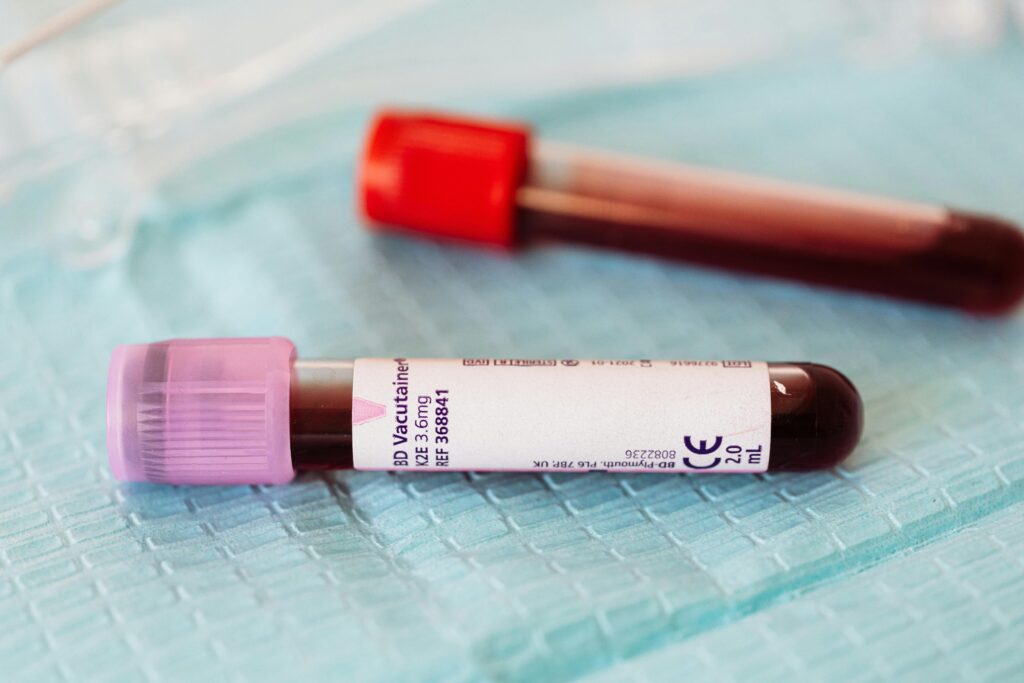Anaemia is a pervasive challenge within healthcare settings, affecting individuals across diverse demographic groups and clinical scenarios. Anaemia not only undermines physiological well-being but also poses significant implications for patient care outcomes and healthcare resource utilisation. Patient Blood Management (PBM) offers a holistic approach to optimising patient care with a focus on minimising the need for allogeneic blood transfusions, where addressing anaemia emerges as a critical imperative.
This article will explore the multifaceted landscape of anaemia within healthcare settings and explain its integral role in the framework of PBM protocols. By examining its prevalence, impact, early detection methods, management strategies, and preventive measures, we aim to provide insights into how healthcare professionals can effectively navigate the challenges posed by anaemia while striving to enhance patient outcomes and healthcare delivery efficiency.
By delving into the intricate connection between anaemia management and PBM, this article aims to equip clinicians, researchers, and healthcare stakeholders with a greater understanding of the complexities associated with addressing anaemia. By identifying emerging trends, innovative interventions, and future directions in anaemia management, we hope to encourage dialogue and foster a proactive approach towards optimising patient blood management practices for all patients!
Table of Contents
Understanding Anaemia
Anaemia, characterised by low red blood cell count or haemoglobin levels, is a prevalent condition affecting individuals across diverse demographic groups. The World Health Organization (WHO) estimates that “40% of children 6–59 months of age, 37% of pregnant women, and 30% of women 15–49 years of age worldwide are anaemic”, making it a significant public health concern! Its impact extends beyond physiological implications, profoundly affecting healthcare outcomes and resource allocation. In healthcare settings, anaemia is associated with increased morbidity, mortality, and healthcare costs. Patients with anaemia often experience symptoms such as shortness of breath, weakness and fatigue, which can significantly affect quality of life and functional capacity. So, how can we detect anaemia in patients before it’s too late?
Early Detection Of Anaemia

Early detection of anaemia is crucial for timely intervention and effective management. Various screening tools and laboratory tests are available for diagnosing anaemia, including complete blood count (CBC), serum ferritin levels, and peripheral blood smear examination. However, challenges exist in achieving universal detection, particularly in resource-limited settings where access to healthcare services and diagnostic facilities may be limited. Implementing routine screening protocols and raising awareness among healthcare providers and the general population are essential steps in improving early detection rates and facilitating timely intervention.
Managing Anaemia With PBM
Integrating anaemia management into Patient Blood Management (PBM) protocols is essential for optimising patient care outcomes and minimising the need for blood transfusions. PBM encompasses a comprehensive approach to patient care, focusing on strategies to conserve and manage blood resources effectively. In this framework, addressing anaemia is pivotal in reducing transfusion-related risks and complications. Multidisciplinary teams, including haematologists, primary care physicians, nurses, and nutritionists, collaborate to develop personalised treatment plans tailored to individual patient needs. Anaemia treatment options may include iron supplementation, erythropoiesis-stimulating agents (ESAs), and transfusion alternatives such as intravenous iron therapy or erythropoietin-stimulating agents.
Preventing Anaemia

Preventive measures are crucial for reducing the incidence and recurrence of anaemia, thereby improving overall health outcomes and reducing healthcare costs associated with its management. Nutrition plays a central role in anaemia prevention, with dietary interventions aimed at ensuring adequate intake of iron, folate, vitamin B12, and other essential nutrients. Promoting a balanced diet rich in iron-rich foods such as lean meats, poultry, fish, fortified cereals, and beans can help prevent iron deficiency anaemia, the most common form of anaemia globally. Additionally, addressing underlying causes of anaemia, such as chronic diseases, gastrointestinal bleeding, and menstrual disorders, is essential for effective prevention and management.
Tailoring Anemia Management to Each Patient
Anaemia management strategies must be tailored to address the unique needs and characteristics of specific patient populations. For example, pregnant women are at increased risk of developing iron deficiency anaemia due to increased iron requirements during pregnancy. Therefore, prenatal care programs often include routine screening for anaemia and supplementation with iron and folate to prevent maternal and fetal complications. Similarly, older adults may experience anaemia due to age-related changes in hematopoiesis and chronic health conditions such as chronic kidney disease. Tailored interventions, including nutritional support, medication management, and close monitoring, are essential for optimising outcomes in these populations.
Anaemia Management Challenges
Despite advances in diagnostic and therapeutic modalities, several barriers and challenges persist in the effective management of anaemia. Limited access to healthcare services, particularly in rural and underserved areas, can hinder early detection and timely intervention. Additionally, socioeconomic factors such as poverty, food insecurity, and lack of education may contribute to the development and exacerbation of anaemia. Cultural beliefs and misconceptions about anaemia and its treatment may also impact patient adherence to recommended interventions. Addressing these barriers requires a multifaceted approach involving healthcare system reforms, community engagement, and patient education initiatives. There are lots of great Patient Blood Management resources available online to help educate those who want to learn more about it and how it can play a vital role in anaemia management.
The Future Of Anaemia and PBM

Looking ahead, emerging research and technological advancements hold promise for advancing anaemia management within the broader framework of Patient Blood Management. Novel diagnostic tools, such as point-of-care testing devices and genetic screening assays, may facilitate early detection and personalised treatment approaches. There is also ongoing research in areas such as stem cell therapy, gene editing, and regenerative medicine that may offer potential curative options for certain types of anaemia, reducing reliance on chronic transfusion therapy. Efforts to improve access to healthcare services, enhance public health education, and address social determinants of health are essential for achieving equitable outcomes in anaemia management and patient blood management initiatives globally!
Featured Photo by Roger Brown

